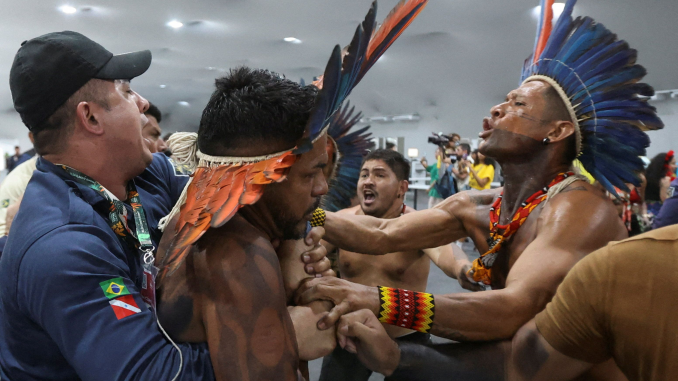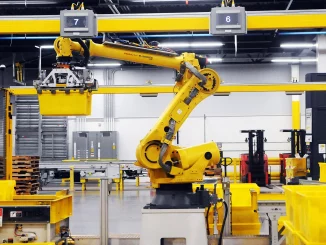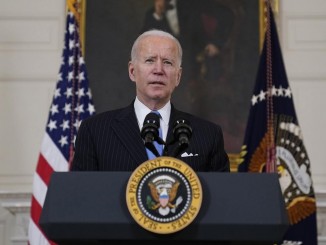
As COP30, the 30th United Nations Climate Change Conference, came to an end, representatives from around the world finalized their agreements on what should and should not be included in the final report.
These COPs, and the policies from the various participating countries, have so far been famously insufficient to even begin addressing climate change. In Brazil, for example, while claiming to protect the Amazon rainforest, President Lula’s administration has simultaneously invested in expanding oil and gas production in the area and across the country.
In the very first days of the conference, 90 members of the Munduruku, an indigenous tribe from the Amazon, organized and occupied part of the meeting as a form of protest. While they had been “honorably mentioned,” they had no meaningful representation at the conference. As a result, they were repressed by police and forced to leave. In parallel, a flotilla of Indigenous activists from Quechua and Tupinambá communities, known as the Yaku Mama (Water Mother) Flotilla, traveled 3,000 km from the Andes to Belém, culminating in a massive demonstration of 5,000 people.
The occupation, the flotilla, and the demonstration were all expressions of how Indigenous peoples — as well as quilombolas, communities descended from enslaved people who freed themselves and who heavily depend on the land — are denouncing the fact that their voices are not being heard. Their fight highlights the irony of how companies like fossil fuel multinationals ExxonMobil, Chevron, BP, and TotalEnergies, which depend on the destruction of the environment to continue operating (in fact, even outnumbering almost every country delegation at COP30) are given ample space to lobby heavily, while the communities who are truly on the frontlines protecting the environment cannot even enter the space.
Under pressure, the Brazilian government conceded 10 additional territories to Indigenous communities. Yet it remains to be seen whether the government will follow through on these promises. What is clear is that these actions demonstrate both the power of Indigenous and quilombola communities when they stand up for their rights, and the deep irony of a system that, even while claiming to save the Earth, continues to give more voice to capital than to the people themselves.




